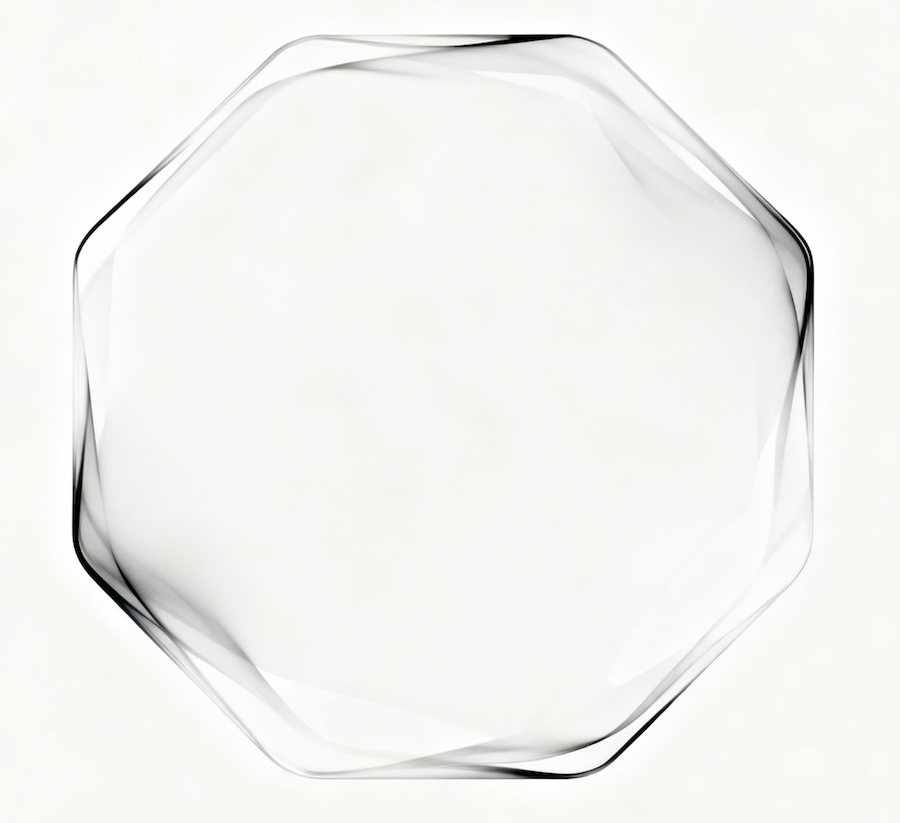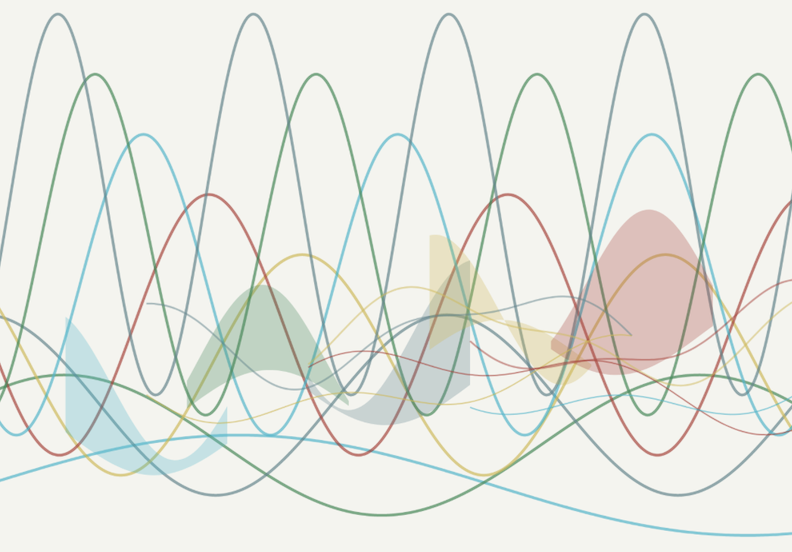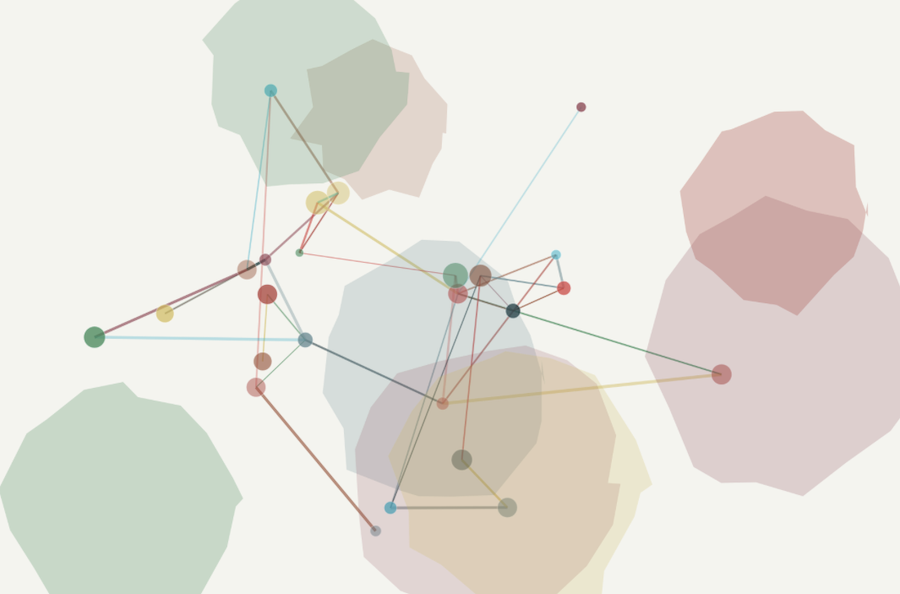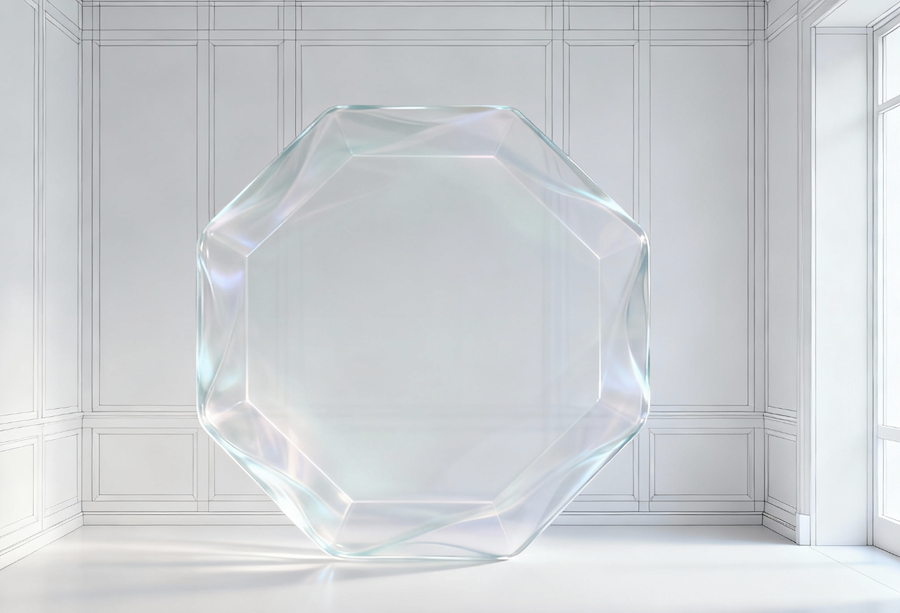Today marks the 30th anniversary of the death of Gilles Deleuze, the renowned French philosopher whose work continues to inspire explorations across a wide range of disciplines. Deleuze’s innovative concepts, such as multiplicity, becoming, and the rhizome, encourage me to approach my relationship with space in new and imaginative ways. His idea of rhizomatic thinking, which values non-linear connections, networks and openness to transformation, aligns closely with the holistic and dynamic approach of feng shui. Deleuze’s philosophy pushes me to see my environment not as a static backdrop but as an active field of possibilities, ever open to reconfiguration and creative engagement. These resonances between Deleuze’s thought and feng shui prompted me to reflect further in this blog.
Feng shui, as a Chinese metaphysical philosophy, centres on the harmonious arrangement of spaces to optimise the flow of qi and support well-being. It is deeply rooted in ancient cosmology, balancing the dynamic interplay of yin and yang and the five elements within terrestrial and celestial environments. Deleuze’s philosophy, on the other hand, emerges from twentieth-century continental thought, foregrounding the fluidity of being, the importance of difference and repetition, and the affirmation of multiplicity and becoming. Both traditions value process, transformation and the ongoing creation of new realities, but their metaphysical foundations differ: feng shui privileges cosmic harmonisation and resonance, while Deleuze focuses on experimental assemblages, creative change and the vital energy of differentiation. Together, they invite me to treat my environment as a living field of possibilities, where both ancient wisdom and radical modern philosophy offer ways to think and act differently in relation to space.
In the discipline of feng shui, I often ask how to align my space to promote well-being. When I approach my home or working environment influenced by Gilles Deleuze, process-oriented questions open new directions for transformation. In this post, I explore how Deleuzean questions, rooted in affirmation, multiplicity and becoming, can reinvigorate feng shui and reveal the field as a living practice with our surroundings. I invite you to ask some of these questions in relation to your home and workplace.
From Essence to Action
Traditionally, feng shui focuses on the essence of objects, locations or arrangements. Deleuze encourages a shift from identity to process, asking not “What is it?” but “What does it do?” This move opens my relationship with space to wider possibilities, creative becomings and continuous transformation.
The Pragmatics of Space – What Does It Do?
Core question: What does it do?
Instead of asking about the inherent meaning of something in my room, I direct my attention to the effects, movements or atmospheres it creates. In feng shui, that means considering:
-
How does the placement of my desk influence my working energy during the day?
-
What flows of qi are helped or hindered by my furniture?
-
How does this corner encourage rest, creativity or social engagement?
This approach moves from static function to dynamic relations, recognising every object and arrangement as an ongoing process, not a fixed state.
Chance, Change and Becoming – What Possibilities Does This Create?
Core question: What possibilities does this unexpected turn create?
Engaging with uncertainty and the unpredictability of environmental energies means affirming chance through Deleuze’s lens. If I make changes and encounter unexpected feelings, I ask:
-
What new connections or flows have emerged within my space?
-
What forms of creativity or engagement have appeared?
-
How has this change prompted me to become different, whether that means being less attached to symmetry or more open to improvisation?
Affirming the chance in spatial experiments opens new energies and reminds me that harmony can be discovered as well as imposed.
Assemblages and Connectivity – How Does It Function in a Network?
Core question: How does it function in a network or assemblage?
A Deleuzean approach invites me to observe not just objects in isolation but their roles within larger ensembles:
-
How do my sofa, plant and window interact as parts of my living room’s ecology?
-
What moods, behaviours or gatherings are enabled or prevented by this configuration?
-
Who or what might connect differently if I choose to rearrange elements?
Assemblage-thinking broadens my perspective from individual objects to the collective – family, guests and the wider urban or natural setting.
Dynamics of Affect – What Affects and Is Affected by This?
Core question: What affects and is affected by this?
Energy in feng shui is always relational – flowing from one entity to another in changing states in the sea of frequencies and vibrations. Deleuze’s question leads me to notice:
-
How does a sharp-edged table generate tension and how can this affect be altered?
-
What energetic reactions are triggered by a mirror’s position in my entrance?
-
Which atmospheres or emotional climates arise from particular spatial relationships?
My focus shifts to embodied, everyday experience – understanding space as a matrix of changing moods and energies.
Creativity and Escape – What Lines of Flight Does This Make Possible?
Core question: What lines of flight or escape does it make possible?
Lines of flight signal opportunities to break routines or systems. In feng shui, I consider:
-
How can I modify my bedroom to allow new routines or spur-of-the-moment activity?
-
Which areas encourage movement, play or innovation in my home?
-
What arrangements disrupt repetitive patterns and prompt novel uses of space?
Harmony becomes a dynamic equilibrium, always alive to the possibility of change.
Problem Fields and Experimentation – What Problems Does This Pose and What Can I Experiment With?
Core question: What problems does this pose, and what can I experiment with?
Every environmental challenge is a chance for creative practice. I ask:
-
What problem does a gloomy corridor bring to energy flow and what solutions are open to me?
-
How does crowding at the entrance dampen openness, and what experiments might create a welcoming atmosphere?
-
How can I treat any disturbance as a productive challenge rather than a setback?
This cultivates a spirit of ongoing trial, learning and adaptation – echoing Deleuze’s insight that creative enquiry begins with the creation of problems rather than their solution.
Rhizomatic Connections – What New Networks and Lines Can I Create?
Core question: What new networks and lines can I create within my space?
Inspired by Deleuze’s concept of the rhizome, I look for ways my environment can foster non-hierarchical, interconnected networks. I ask myself:
-
How can diverse areas of my home become linked through flows of movement, energy or activity?
-
Which objects, rooms or relationships might be reconnected to encourage multiplicity and surprise?
-
What organic, flexible patterns of use or living might emerge if I treat my space as a rhizomatic field rather than a strictly ordered system?
This approach helps me cultivate dynamic, adaptable connections within my environment, making my home and workplace a field of creative relationships and open-ended growth.
Read more on: Rhizomapping, Rhizomaps, Rhizomatic Learning…
Conclusion: Space as Becoming
Gaston Bachelard’s work on the philosophy of space is deeply influential, especially in his celebrated book The Poetics of Space. Bachelard explores how intimate spaces – such as homes, rooms and corners – are filled with poetic resonance and imaginative meaning. He argues that our lived experience of space is not merely geometric but richly psychological, shaped by memory, dreams and reverie. For Bachelard, every dwelling is a site of personal becoming, where imagination transforms ordinary architecture into a source of inspiration and depth. His approach foregrounds the emotional and poetic qualities of space, highlighting how our environments nurture inner life and creativity.
Deleuzean questions animate my feng shui work, making my home more than an arrangement of objects – it becomes a site for unfolding potential. Each question challenges me to treat my environment as an invitation to experiment, connect and become.
To deepen the process, I regularly apply one Deleuzean question to a specific area in my home and also my clients and document not just the outcome but the series of new effects and possibilities that result.
Notes on chance according to Deleuze
Let’s unpack what Deleuze means by affirming chance. He draws heavily from Nietzsche and the idea of the “dice throw.” For Deleuze, to affirm chance is to embrace the unpredictable, to accept whatever turns up in life’s throw of the dice.
He says that true affirmation is not about controlling outcomes or selecting only what is favourable. It’s about affirming the whole of chance – everything, even what seems incomprehensible or difficult.
One quote we found is: “Nietzsche turns chance into an affirmation, and failure to affirm the results of the dice throw is demonstrative of negation, a manifestation of what Nietzsche calls ressentiment.”
Another idea is that in the affirmation of chance, the self is dissolved. It’s not about controlling life’s outcomes but about opening oneself up to multiplicities, to all the possible becomings.
In Deleuze’s view, affirming chance means not wishing things were different, but finding the creative potential in what life throws at you. It’s about working with chance, not against it – turning every throw into a new beginning, a new becoming.
The Deleuzean exhortation to “bring something incomprehensible into the world” (A Thousand Plateaus) is a call to genuine creation and transformation, inviting us to make space for what cannot be subsumed by established categories, habits or common sense. This drive toward the incomprehensible is deeply connected to Deleuze’s philosophy of chance. For Deleuze, to affirm chance is not to seek the predictable or familiar, but to wholeheartedly embrace uncertainty – the play of events, the unpredictable emergence of new forms and the ruptures that shatter what is already known.
True creativity, in this light, does not simply reproduce what already exists or what can be neatly understood. Instead, it courts the unforeseeable, welcoming surprises and disruptions into the fabric of experience. Bringing something incomprehensible into the world means opening up our fields of action and thought to chance encounters and unexpected connections, thereby generating novel assemblages and possibilities that resist classification or closure.
By connecting experimentation and chance, Deleuze encourages us to cultivate difference – to let what is radically new and unpredictable enter our spaces, practices and thinking. To bring something incomprehensible into the world is ultimately to affirm the dynamic potential of chance itself, allowing our environments, creations and ideas to become sites of emergence, transformation and true multiplicity.
Let’s think about this in practical terms. If you wanted to follow Deleuze’s idea of affirming chance in your everyday life, it’s about embracing the uncertain and the unpredictable – finding creativity in whatever happens.
For example, if a situation doesn’t go as planned– maybe a project changes direction, or an opportunity falls through – rather than resisting or wishing it were different, you could see it as a new opening. You might ask: What possibilities does this unexpected turn create? How can I move with it, rather than fight it?
It’s about seeing life as an ongoing process of becoming, where each unexpected event gives you a chance to create something new and to let life unfold in surprising ways. That’s the practical spirit of affirming chance.
References
Bachelard, G. (2014). The Poetics of Space (M. Jolas, Trans.). Penguin Classics.
Deleuze, G. (1968). Difference and Repetition.
Stanford Encyclopedia of Philosophy. (2008, May 22). Gilles Deleuze.




